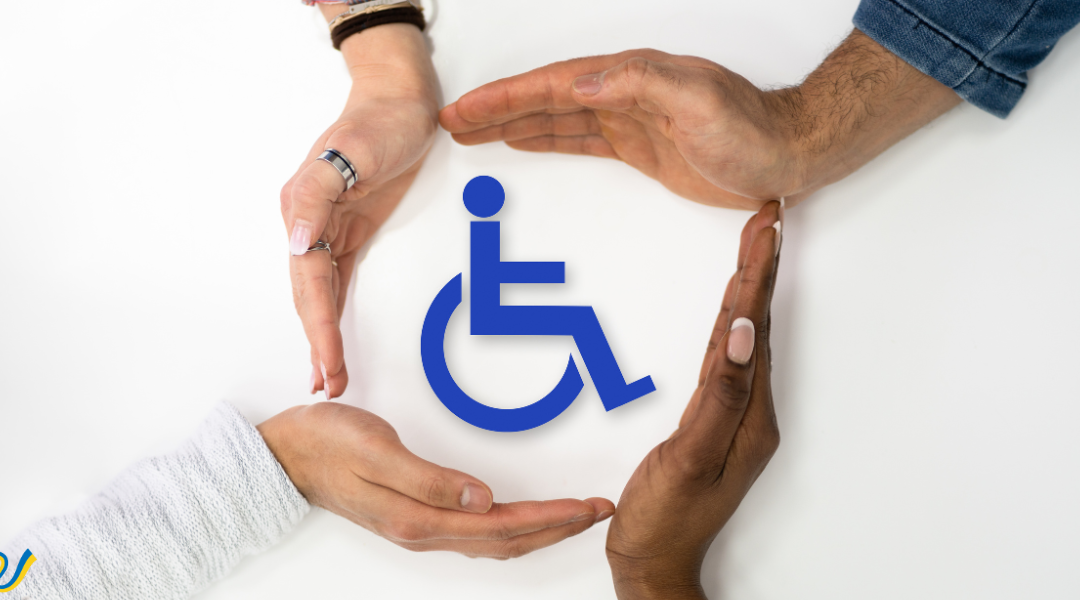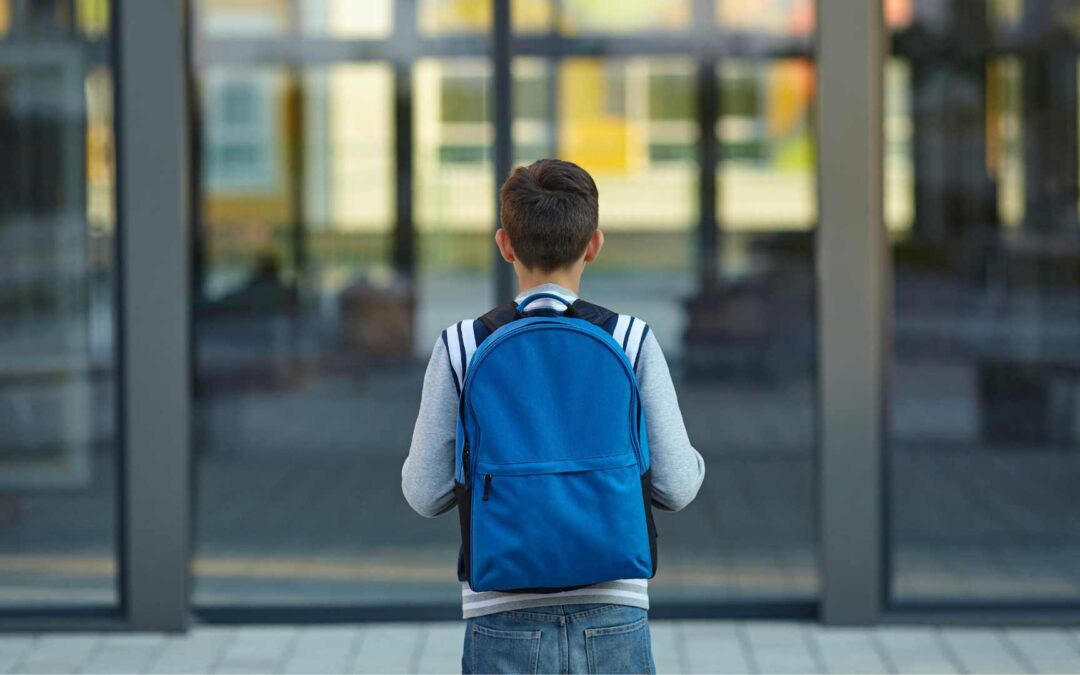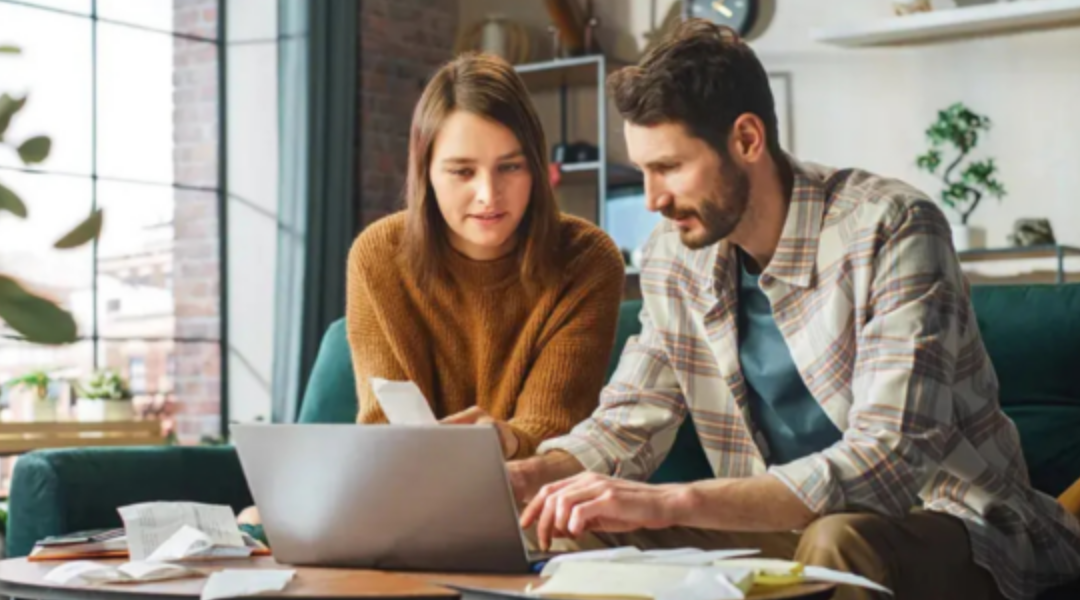Children with neurobehavioral disorders like ADHD, Aspergers syndrome (ASD), processing disorders and learning disabilities often feel anxious and uptight. These children may benefit from yoga as a way to help regulate the stress response system. Yoga postures and controlled breathing may also improve mood and functioning, making it possible for all children to lower the amount of anxiety they experience.
The yoga that adults practice isn't exactly the same as yoga for children. If you want to use yoga to reduce anxiety in a child, you'll need to follow a few modifications that make the practice more effective.
How Yoga Decreases Anxiety in Children
Practically any type of exercise can reduce anxiety. Yoga, however, seems like a particularly good option for helping anxiety in children. At least one study shows that yoga behavioral therapy works as well as cognitive behavioral therapy.
Yoga for anxious children gives them opportunities to:
- Build self-esteem and confidence by improving their skills
- Practice in a safe, non-judgmental environment
- Feel like members of a community
- Learn how to control their breathing
- Practice calming visualization techniques
- Learn that movement can combat feelings of anxiety
Poses for Reducing Anxiety
While there hasn't been much scientific research on the subject, many yoga experts say that certain poses are better at treating anxiety. The most effective poses usually focus on balance. Some of the best options include:
- Child's pose
- Tree pose
- Warrior III
Headstands are commonly suggested, too, but parents should monitor their children to make sure they do not attempt poses that could cause injury.
Getting Anxious Children to Practice Yoga
Regular practice is crucial to success. The benefits build slowly after weeks and months of practice. That creates a challenge for anxious children who may get bored or discouraged easily. Yoga for kids has to make exercise, breathing and visualization fun. If it seems like a chore, children may not want to participate for long.
Some yoga studios have classes specifically designed for children. Instructors should know how to keep the classes entertaining for children.
Unfortunately, parents don't have that advantage when their children practice at home. When practicing at home, try to make yoga interesting by:
- Coming up with fun, creative names for postures
- Making each pose part of a story
- Challenging siblings to compete
- Rewarding children for following through
Movement can play a crucial role in addressing the symptoms of anxiety. Yoga's methodical approach to breathing and moving makes it an excellent option for anxious children to learn strong coping skills. Yoga may not eliminate an anxiety disorder, but it has helped many people learn how to live with uncomfortable feelings instead of panicking.












